Scientist, physicist, mathematician, astronomer (1643 - 1727)
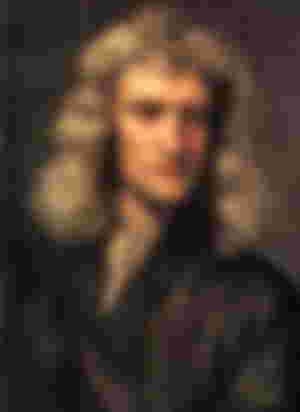
Isaac Newton was an English mathematician, physicist, astronomer, one of the most important figures in the history of science and a key figure in the scientific revolution. His "Philosophiæ Naturalis Principia Mathematica", published in 1687, is considered the most significant work in the history of modern science, which cannot be imagined without his discoveries.
In the field of optics, the study of white light composition integrated color phenomena into the science of light and laid the foundations of modern physical optics, while in mechanics, its three laws of motion, today the basic principles of physics, resulted in the formulation of universal gravitation. He also formulated the empirical law of cooling and made the first theoretical calculation of the speed of sound.
He was a professor at Trinity College, Cambridge, first a member and then president of the Royal Society in London, supervisor and director of the Royal Mint, and a member of the French Academy of Sciences. In 1705, Queen Anne of England proclaimed him a knight.
Isaac Newton was born on January 4, 1643, according to the Gregorian calendar, and on December 25, 1642, according to the Julian calendar, in the hamlet of Woolsthorpe in Lincolnshire, United Kingdom. He lived to a ripe old age, and died on March 31 according to the Gregorian calendar, and on March 20 according to the Julian calendar in 1727 in London.
Childhood and youth
Newton was born prematurely on Christmas Day 1642 (according to the Julian calendar used in England at the time), an hour or two after midnight. Isaac was named after his father, an illiterate landowner who died three months before his birth. Hannah Ayscough's mother said Isaac was such a small baby that he could fit in a mug of beer.
He leaves three-year-old Isaac Hahn in the care of his mother Margery Ayscough, and she goes to live with her new husband, the Reverend Barnabas Smith, with whom she has three more children. Newton never forgave his mother for remarrying, and he felt great hostility and hatred towards his stepfather. It is believed that the lack of his mother's attention contributed to the construction of Newton's complex character, but also to the enmity that he spread around him.
From the age of 12 to 17, he was educated at The King’s School in Grantham, where he was the best student. In 1659, Newton dropped out of school to become a farmer at the insistence of his mother Hannah, who returned to Wallstorp in 1653 after the death of her second husband, and continued to run the family business. Historians cannot agree on the claim that Isaac Newton returned to school on his own or that the principal of the Royal School had a decisive influence on that, but the fact is that the farmer's job was not for him, that he returned to school and that his school success the final year was remarkable.
In June 1661, he was admitted to Trinity College, Cambridge, on the recommendation of his uncle, William Ayscough, who also studied there. Isaac Newton began his academic education at the same time doing service jobs and all other small jobs in order to raise enough money.
For the first three years of his studies, Newton attended lectures according to the standard program, although he expressed a desire for more advanced courses. Cambridge at the time, like all other European universities, was based on Aristotelian philosophy, geocentrism, and the observation of nature through a qualitative rather than a quantitative form. However, Newton was far ahead of all other students, so he wrote the book "Quaestiones Quaedam Philosophicae" (Certain philosophical questions), which reveals that even then he had in mind questions and ideas that will be the basis of the scientific revolution centuries later. Although he graduated without special honors, his hard work and commitment enabled him to receive a full scholarship for further education.
In 1665, the Great Plague ruled Europe and Cambridge was forced to close its doors to students. Newton returned to his hometown and in the period until 1667, according to his own words, he made a series of revolutionary discoveries: the calculation of infinity and the basis of the theory of the nature of light and color, and he made significant progress in studying planetary motion.
Academic career
In April 1667, Newton returned to Trinity College as a trainee student, thus beginning his academic career. The following year he received his master's degree in art, and in 1669 he became a professor of mathematics. He succeeded Isaac Barrow as a professor, who respected him very much, and in written correspondence with other professors, he singled out his work and achievements and presented him as an exceptional mathematician.
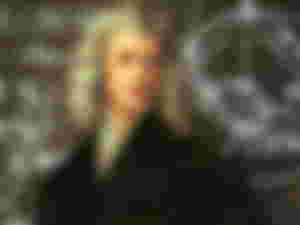
In 1672, Newton became a member of the Royal Society and in the same year he officially published his first scientific work. The article "Of Color", which he included in the book "Optics: Or, A treatise of the Reflections, Refractions, Inflections and Colors of Light" a decade later, brought unrest to the scientific community. Investigating the refraction of light, Newton proved that with the help of a three-sided prism, white light can be decomposed into a spectrum of different colors, and that with the help of a lens and another prism, this spectrum can be reassembled or assembled into a ray of white light. To prevent the scattering of white light in various colors through observation with a standard lens telescope, Newton constructed a reflection telescope (a recessed mirror telescope), today known as the Newton telescope.
The consequence of the publication of the mentioned article is a conflict with the scientist Robert Hooke, which brought Newton to the brink of emotional breakdown. In his work, Newton argued that light is made up of particles, while Hooke believed it was made up of waves. Modern quantum mechanics is based on the dual nature of light, wave-particle, and has little in common with Newton's theory.
The enmity of the two scientists lasted until Hooke's death. Newton was filled with anger and hatred, he distanced himself from the public, but also from the Royal Society. However, he did not give up his theories, and the correspondence filled with hostility continued until 1678, when Newton suffered a severe emotional breakdown.
In 1679, Newton's mother died, which further contributed to his retreat into solitude.
Alchemy
During the period of isolation, Newton devoted himself to the study of alchemy, no matter how absurd it was by a scientist, it was his experiments in this field that enabled him to study the basic forces of nature, which he could not do in mathematics, mechanics and optics.
Little is known that the writings from the alchemical phase have been preserved, where Newton sought to discover the original matter, which would explain the origin of the world and its structure. It is estimated that out of 10 million words that Newton wrote, one million refers to alchemy. Alchemical texts are a mixture of allegories, word games and philosophy in order to hide their meaning.
In 1936, some of Newton's alchemy-related texts were sold at auction for £ 9,000, and all known and preserved records of alchemy are part of an online project launched by Indiana University: The Chymistry of Isaac Newton.
Gravity and planetary motion
After a short period of studying alchemy, Newton returned to science. In the period from 1679 to 1680, Newton corresponded with Hooke on the subject of the movement of celestial bodies. Namely, thanks to Christiaan Huygens and its centrifugal force, and Kepler's laws, it was widely discussed that the gravitational force is inversely proportional to the square of the distance.

Robert Huk, astronom Edmond Halej (Edmond Halley) i arihtekta i matematičar Kristofer Ren (Christopher Wren) često su diskutovali na ovu temu, ali nisu mogli da pronađu rešenje za zadatak kako dokazati da se telo čija je putanja eliptičnog oblika kreće pod uticajem sile koja opada sa kvadratom udaljenost. Odlučili su da stupe u kontakt sa Isakom Njutnom, jer im se on činio kao jedini logičan izbor za pomoć u tako komplikovanom računu.
In August 1684, Edmond Halley went to Cambridge to visit Newton and asked him a riddle: "What is the shape of the orbit of the planets when they orbit the Sun, if they move under the action of an attractive force that decreases with the square of the distance?" that it is an ellipse and even notes that he has already solved that problem, that is. that he proved that the law of the inverse quadratic proportionality of the gravitational force with distance follows from the elliptical orbits of the planets. Inherent in Newton, although he was the only scientist skilled enough to perform that calculation, he lost the written procedure for proving it somewhere. He promised Halley that he would send him a new solution. And indeed, after three months, Halley held in his hands an irrefutable mathematically derived proof and solution to the problem.
In 1684, Newton published the work "De Motu" (On Movement), and at the same time worked on writing the most important work from his opus "Mathematical Principles of Natural Philosophy" (Philosophiae Naturalis Principia Mathematica), which is often popularly called only "Principles". He publishes the book with Halley's financial help, so it is not surprising that the first edition was published in less than 400 copies.
In "Principles", Newton proves that mechanical motions in nature can be reduced to three basic physical laws, so the basis of the book are his laws of motion presented through Newton's I, II and III laws and through the Law of Gravity. Newton once again brought unrest to the scientific community by publishing "Principles". Robert Hooke was particularly furious and demanded that Newton admit that he was responsible for a large number of theories and evidence.
The discussion between the two scientists led Newton to announce that he would completely stop printing the third edition of "Principle". Although he did not make that threat, he managed to delete from the book every part that referred to Hooke's work or even the mention of Hooke's name.
Life in London
In 1689, the University of Cambridge elected Newton to represent them in Parliament, but it is not recorded that he played a major role in its work. During his stay in London, he met and befriended the philosopher John Locke and the young mathematician Nicolas Fatio de Duillier.
In the last decade of the 17th century, Newton also studied and interpreted biblical texts. Although he wrote a large number of texts on this topic, he did not publish them. "The Chronology of Ancient Kingdoms Amended" and "Observations on Daniel and the Apocalypse of St. John" were published posthumously.
In 1693, Newton suffered another nervous breakdown. Historians cannot agree on its cause, although there are several possible reasons: stress due to too much work and constant conflicts with Hook, sudden cessation of friendship with Fait or even poisoning alive after three years of practicing alchemy.
In 1696, Newton was appointed supervisor of the Royal Mint, and in 1699, he inherited the position of manager, where he would remain for almost 3 decades, until his death. Newton devoted himself completely to his new profession and will be remembered as one of the reformers of the English currency. He dealt with counterfeiters, and at his insistence, Britain switched from the silver to the gold standard when it banned the exchange of gold guineas for more than 21 silver shillings.
In 1703, after Hooke's death, Newton was proclaimed president of the Royal Society, which would be another position he held until his death. The following year, he published "Optika", which for all his years of work became a collection of his works in the field of light refraction. In 1705, Queen Anne named him a knight and since then he has introduced himself to Sir Isaac Newton. Newton is only the second scientist, after Francis Bacon, who was proclaimed a knight.
Newton will be remembered as the president of the Royal Society as a ruthless autocrat. He did not object and managed the careers of young scientists with or without their consent. During that time, he gained another enemy, astronomer John Flamsteed, when he published his life's work "Star Catalog" without permission. Flamsted was one of the few who won the conflict with Newton, so, according to the court decision, he received catalogs that had not yet been finally distributed, and he destroyed them all. His assistant published the original Catalog only after Flamsted's death.
Discussions about arithmetic brought Newton another enemy, the German mathematician, philosopher and diplomat Gottfried Leibniz. Accusations of plagiarism fell on both sides, and even after Leibniz's death, Newton's anger did not disappear, so during the last years of his life he insisted on writing texts in which he diminished Leibniz's significance.
Life in London was very comfortable for Newton and he enjoyed great public respect and social status. Little is known about the fact that the scientist lost 20,000 pounds when the "South Sea Company", which was mostly engaged in the transport and sale of slaves, failed.
Death
Towards the end of his life, Newton lived with his nephew and her husband in Cranbury Park near Winchester. During his life, he was in good health, with the exception of the emotional breakdowns he survived on two occasions. His eyesight weakened, he lost only one tooth, and his hair turned gray early.
Isaac Newton died in his sleep on March 20, 1727 in London, and was buried in Westminster Abbey. As he had no children, he bequeathed his property and wealth to his relatives and nephews while he was still alive. After death, testing of hair samples revealed that Newton had a large amount of mercury in his body. Mercury poisoning, as a consequence of alchemical experiments, could explain Newton's eccentricity in the last years of his life.
Private life
Newton never married, and there are no official records of romantic relationships in his life. Historians state that there is a possibility that he was faithful in his early youth, but there is no evidence that would confirm something like that.
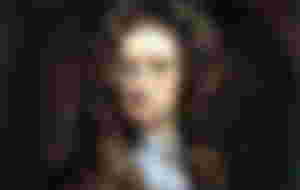
Voltaire, a French writer and philosopher, told Newton that he was never passionate about women, love and feelings, that he was not subject to human weaknesses, but also that he did not have any intimate relationships with women, which he was convinced by doctors and surgeons. have been with Newton in recent days.
Apple and gravity
It is a well-known story that Newton was inspired to formulate the theory of gravity while observing an apple falling from a tree in the garden. Although some scientists downplayed the significance of this incident and even attributed mythical attributes to it, stating that Newton developed the theory of gravity for several years, the story is not entirely fabricated, as Newton's contemporaries confirmed in the writings.
According to the data preserved in written form, in 1666, Newton stayed with his mother in Lincolnshire and, walking through the garden, observed the fall of an apple of the "flower of Kant" variety from a tree to the ground. He then concluded that the force of gravity is not limited to a certain distance from the planet Earth, but that it has a much greater range than was then believed.
Newton called the force of gravity "universal gravity" because he concluded that it was inversely proportional to the square of the distance and that it was responsible for the movement of planets in their orbits.
In front of the main gate of Trinity College, Cambridge, grows a shoot of the original apple tree that Newton observed. Representatives of the Royal School in Grantham have long claimed that they transferred the entire tree with its roots to the school yard, while employees of the "National Trust for Supervision of Places of Historical Importance and Natural Beauty" claim that the tree is still in the garden of a house in Woolsthorpe. their property.
Influence and significance
Isaac Newton is considered one of the most important theorists in the history of science and the initiator of the scientific revolution. He erased all doubts about theories of the heliocentric system, was the first to introduce the concept of force into physics, developed the particle theory of light, solved the problem of motion of celestial bodies, constructed the first telescope with concave lenses, formulated the theory of gravity…
The theory of gravity is an integral part of the general theory of relativity, although it was Albert Einstein who found the circumstances in which Newton's theory failed.
The unit of force, Newton (N), was named in his honor.
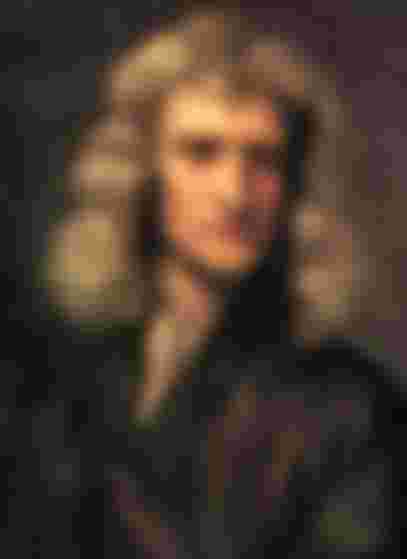
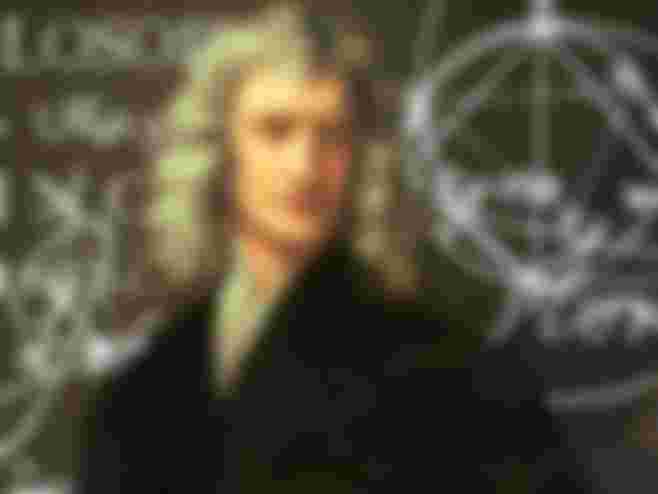
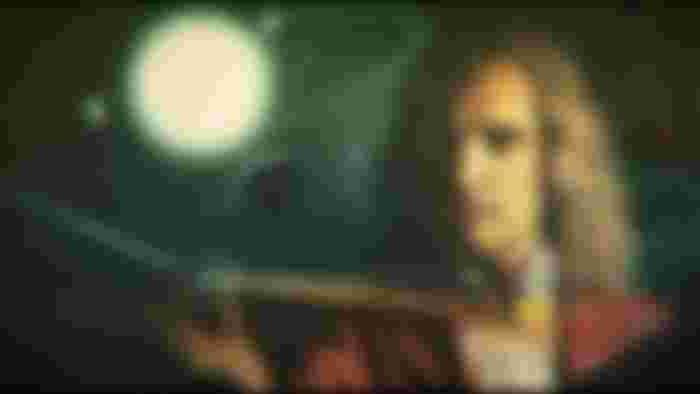
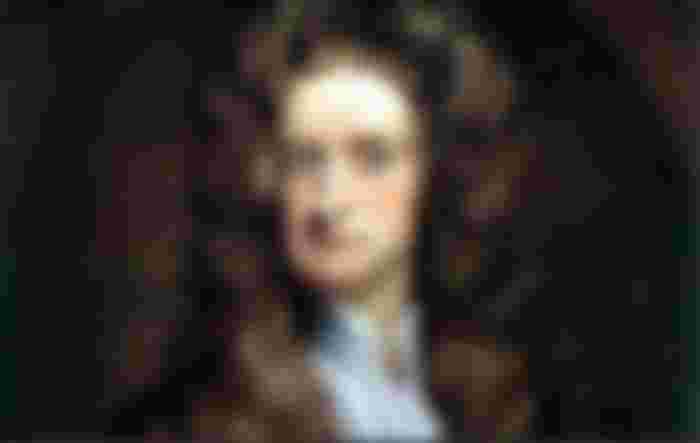
He will be remembered by all generations! Well done for the article!